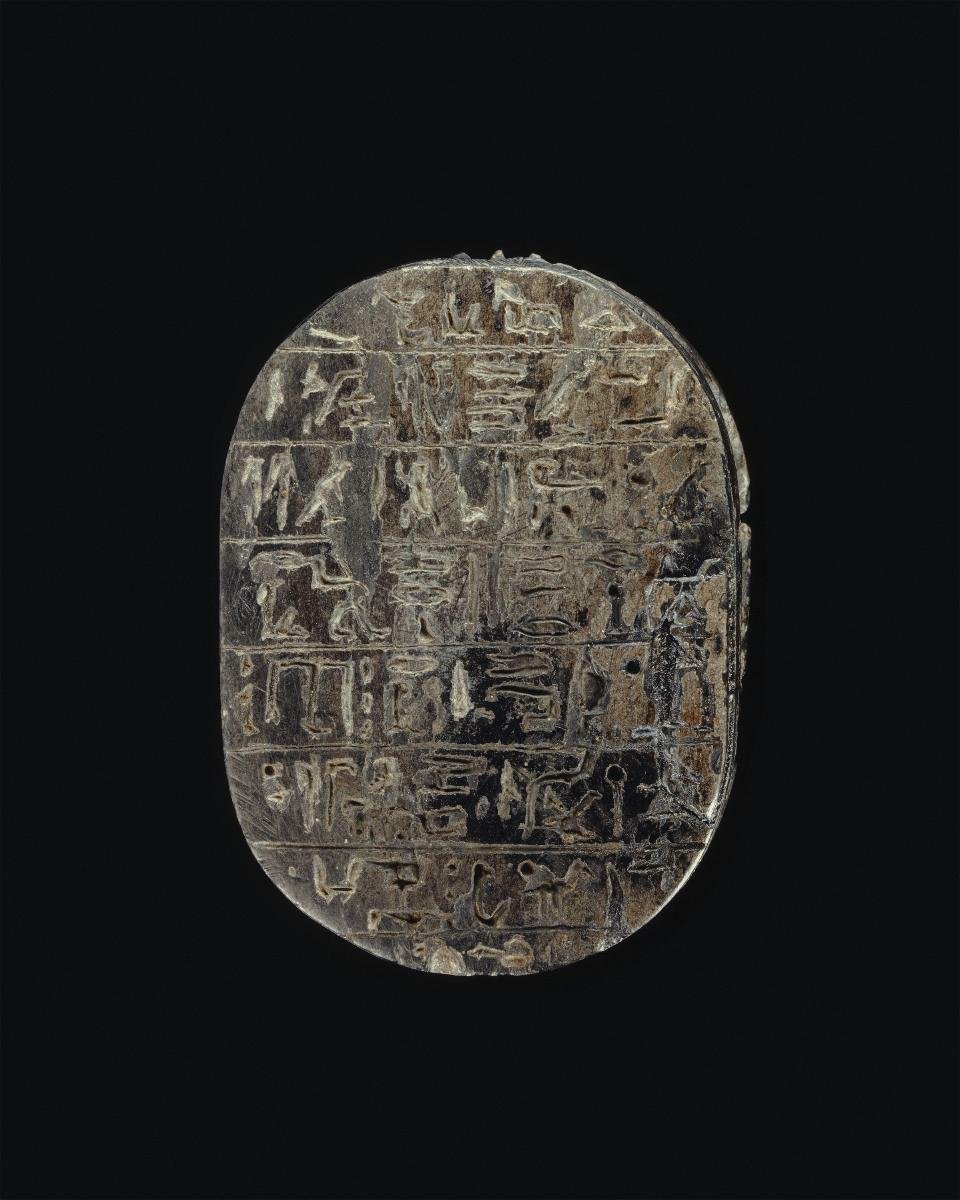the power of images in ancient egypt
Contrary to popular belief, the Egyptians were not fascinated by death as such. It's simply that, according to them, life could only exist, be renewed and found again through death. It wasn't the end, but merely the beginning of the next phase of an individual's eternal journey - a passage to another level of life, as it were.
No ancient Egyptian word corresponds to the concept of "death" as we define it today - i.e. "ceasing to live". The Egyptian word for death, al mawtis the same as for "mother", thus linking the experience of death to birth.
death in ancient egypt
According to them, the soul was composed of several distinct but intertwined parts, including the Ren (the name)Ba (personality)Ka (vital essence) and Khat (body).
Death occurs when the Ka leaves the Khat - and so begins a new journey for the soul, where every part of it has a role to play in its renewal.
For the cycle to continue, there are several conditions:
The first is for the Ba to pass through the Duat (afterlife) unhindered, so that it can be reunited with the Ka to form the Akh which enables rebirth.
The Ka (the part of the soul that enters the afterlife directly and waits patiently to return to the Ba) needs to be regenerated from time to time. To do so, it must be able to visit the body, Khat, to regain its strength - which is where mummies come in.
What interests me here is not the mummies, but the role of graphic art in this process. For, as well as being majestic, the decorations in tombs or on sarcophagi had real importance. Not just there to look pretty or tell the story of the deceased, they were there to protect and mark a truth (and sometimes even transform it).
the role of graphics in death
There are two essential things to understand about Egyptian beliefs:
1. if it's written/illustrated, it's true.
For example, if the hieroglyphs representing the identity of the deceased(Ren) were deliberately altered or erased (it happened...), the Ka could no longer find the Khat, thus preventing the soul from renewing itself.
Without the graphic representation of Ren, the cycle was simply broken.
2. knowledge is power
To pass through the 12 gates of the Duat and survive the guardians and monsters awaiting our souls, it was necessary to call on the Book of the Dead. Without it, there was little chance of reuniting our Ba with our Ka.
Contrary to its name, it wasn't a book per se, and even less about the dead (since death doesn't exist), but a list of incantations and spells to protect the soul on its journey - with traps to avoid, powers to acquire and the right deities to contact in case of need.(A sort of ancient Dungeons & Dragons...)
And since writing an incantation made it real, there was no need to know the whole list of magic formulas by heart! All we had to do was possess the Book, have the incantations written down and associated with our Ren, and our souls would know them in the afterlife.
In fact, an extract from chapter XXX B of the Book of the Dead is often engraved on heart scarabs - scarab-shaped amulets (a symbol of transformation and regeneration) placed on mummies' chests.
O my mother's heart! O my mother's heart! O my heart of my transformations! Do not stand against me in testimony! Do not oppose me in court! Do not be hostile to me in the presence of the Guardian of the Balance...
The last stage before rebirth was the weighing of the heart by Anubis. If the heart weighed more than the ostrich feather of the goddess Maat (symbol of justice and truth), the soul was devoured by Ammit... The amulet with its engraved text thus served as a substitute for the real heart, which could have betrayed the deceased at the time of judgment.
transgender in death
The possibilities of transformation didn't stop there. It is possible, for example, to find sarcophagi where the woman has changed sex during the funeral rites to be represented as a man.
The reasons for this change are quite complex: the Egyptians, believing that man himself created the foetus, thought that it was he who implanted it in the woman. They believed that men were the natural carriers of the foetus, and that only men could be reborn afterwards.
This is where the magic of graphics comes into play! By briefly changing sex on "paper", an Egyptian woman could fertilize herself, then bear and be reborn - the sarcophagus thus becoming the womb.
It may seem crazy to think like that these days, but it only accentuates the power they gave to death graphics over reality.
Here, art becomes a promise - - and opens up a whole new opportunity for images to play a different role in today's funeral world.
PS: As the ancient Egyptian era lasted nearly 3,000 years and I'm not a historian, it's possible that I may have unintentionally made some shortcuts. If this is the case - or if I've made any mistakes - please let me know so that I can rectify them :) !



